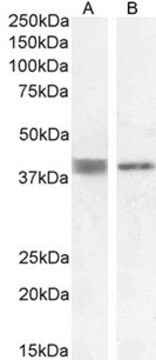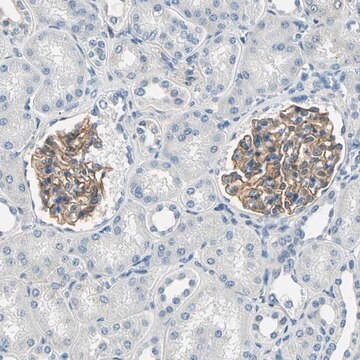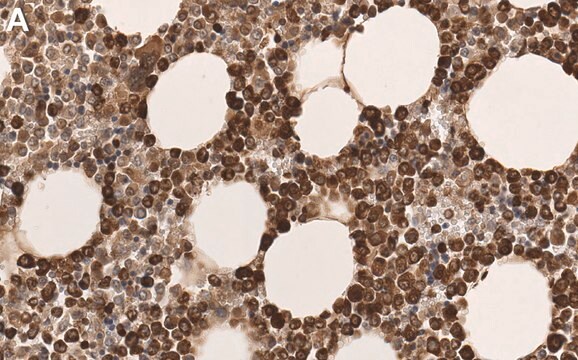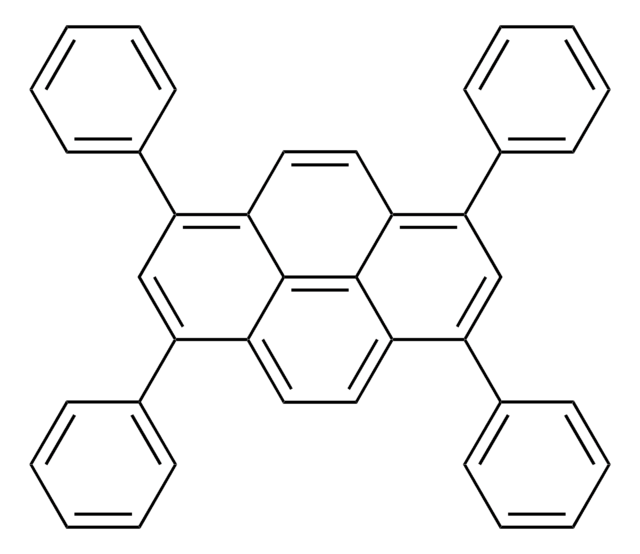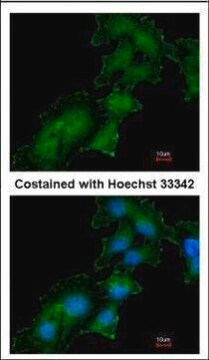詳細
We are committed to bringing you greener alternative products, which adhere to one or more of The 12 Principles of Green Chemistry.This antibody is Preservative-free, produced without the harm or sacrifice of animals and exceptionally stable to allow for ambient shipping and storage if needed and thus aligns with "Waste Prevention", "Designing Safer Chemicals" and "Design for Energy Efficiency".
Click here for more information.
ZooMAb® antibodies represent an entirely new generation of recombinant monoclonal antibodies.Each ZooMAb® antibody is manufactured using our proprietary recombinant expression system, purified to homogeneity, and precisely dispensed to produce robust and highly reproducible lot-to-lot consistency. Only top-performing clones are released for use by researchers. Each antibody is validated for high specificity and affinity across multiple applications, including its most commonly used application. ZooMAb® antibodies are reliably available and ready to ship when you need them.
特異性
Clone 1C22 is a ZooMAb® Rabbit recombinant monoclonal antibody that specifically detects Renin receptor. It targets an epitope within 24 amino acids from the C-terminal, extracellular domain.
免疫原
KLH-conjugated linear peptide corresponding to 24 amino acids from the C-terminal, extracellular domain of human Renin receptor.
アプリケーション
Quality Control Testing
Evaluated by Western Blotting in HEK293T cell lysate.
Western Blotting Analysis: A 1:1,000 dilution of this antibody detected Renin Receptor in HEK293T cell lysate.
Tested applications
Western Blotting Analysis: A 1:1,000 dilution from a representative lot detected Renin Receptor in lysates from mouse brain tissue and Y79 cells.
Immunohistochemistry (Paraffin) Analysis: A 1:100 dilution from a representative lot detected Renin Receptor in human cerebral cortex tissue sections.
Affinity Binding Assay: A representative lot of this antibody bound Renin Receptor with a KD of 1.1 x 10-7 in an affinity binding assay.
Immunocytochemistry Analysis: A 1:100 dilution from a representative lot detected Renin Receptor in HeLa, SH-SY5Y and Y79 cells.
Note: Actual optimal working dilutions must be determined by end user as specimens, and experimental conditions may vary with the end user
ターゲットの説明
Renin receptor (UniProt: O75787; also known as ATPase H(+)-transporting lysosomal accessory protein 2, ATPase H(+)-transporting lysosomal-interacting protein 2, ER-localized type I transmembrane adapter, Embryonic liver differentiation factor 10, N14F, Renin/prorenin receptor, Vacuolar ATP synthase membrane sector-associated protein M8-9, ATP6M8-9, V-ATPase M8.9 subunit) is encoded by the ATP6AP2 (also known as :ATP6IP2, CAPER, ELDF10, HT028, MSTP009, PSEC0072) gene (Gene ID: 10159) in human. Renin receptor is a single-pass type I membrane protein that is synthesized with a signal peptide (aa 1-16), which is subsequently cleaved off to produce the mature form that contains an extracellular domain (aa 17-302), a transmembrane domain (aa 303-323), and a short cytoplasmic domain (aa 323-350). Its expression is observed in the brain, heart, placenta, liver, kidney, and pancreas. In the kidney cortex its expression is restricted to the mesangium of glomeruli. Post-translationally it can be cleaved by furin-like convertase into renin receptor N-terminal fragment (aa 17-275) and renin receptor C-terminal fragment (aa 278-350) in the trans-Golgi network. Renin receptor is a multi-functional protein that can bind renin and prorenin. Binding of renin induces the conversion of angiotensinogen to angiotensin I. It is also involved in the assembly of the lysosomal proton-transporting V-type ATPase (V-ATPase) and the acidification of the endo-lysosomal system. Through its function in V-ATPase assembly and acidification of the lysosome it regulates protein degradation and may also control different signal transduction pathways that are important for proper brain development and synaptic transmission. A cross talk between renin-angiotensin system (RAS) and insulin signal transduction has been shown at multiple levels and the RAS appears to be important in atherogenesis. It has been implicated in the pathogenesis of plaque rupture. This ZooMAb recombinant monoclonal antibody, generated by our propriety technology, offers significantly enhanced specificity, affinity, reproducibility, and stability over conventional monoclonals. (Ref.: Prasad, A., and Quyyumi, AA. (2004). Circulation. 110(11); 1507-12; Nguyen , G., et al. (2002). J. Clin. Invest. 109(11); 1417-1427).
物理的形状
Purified recombinant rabbit monoclonal antibody IgG, lyophilized in PBS, 5% Trehalose, normal appearance a coarse or translucent resin. The PBS/trehalose components in the ZooMAb formulation can have the appearance of a semi-solid (bead like gel) after lyophilization. This is a normal phenomenon. Please follow the recommended reconstitution procedure in the data sheet to dissolve the semi-solid, bead-like, gel-appearing material. The resulting antibody solution is completely stable and functional as proven by full functional testing. Contains no biocide or preservatives, such as azide, or any animal by-products. Larger pack sizes provided as multiples of 25 μL.
保管および安定性
Recommend storage of lyophilized product at 2-8°C; Before reconstitution, micro-centrifuge vials briefly to spin down material to bottom of the vial; Reconstitute each vial by adding 25 μL of filtered lab grade water or PBS; Reconstituted antibodies can be stored at 2-8°C, or -20°C for long term storage. Avoid repeated freeze-thaws.
法的情報
ZooMAb is a registered trademark of Merck KGaA, Darmstadt, Germany
免責事項
Unless otherwise stated in our catalog or other company documentation accompanying the product(s), our products are intended for research use only and are not to be used for any other purpose, which includes but is not limited to, unauthorized commercial uses, in vitro diagnostic uses, ex vivo or in vivo therapeutic uses or any type of consumption or application to humans or animals.

